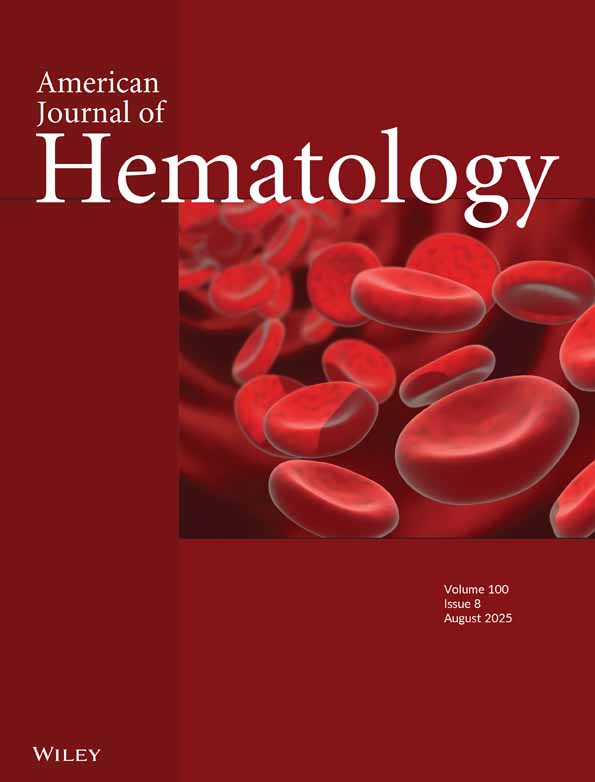Small FVIII gene rearrangements in 18 hemophilia A patients: Five novel mutations
Abstract
Hemophilia A (HA) is a disorder caused by mutations of the FVIII gene, which is located on the tip of the long arm of the X chromosome. In a cohort of 18 unrelated Italian patients affected with HA of varying severity, we performed mutational screening of the gene by denaturing high-performance liquid chromatography (DHPLC) and direct sequencing of abnormal peaks. We identified five novel mutations and 9 previously reported DNA alterations. Two of the 9 previously reported alterations were each common to 3 unrelated patients. Six different mutations were characterized as missense alterations, while 8 were non-missense mutations. Among the new gene alterations, one created a stop codon, one consisted of an out-of frame deletion, and one was a splice-site mutation. The last two were missense alterations. In an attempt to better understand the causative effect of the mutations and the clinical variability of the patients, we investigated the consequences of each missense mutation and visualized the effect of the amino acid change on structural FVIII models. Am. J. Hematol. 78:117–122, 2005. © 2005 Wiley-Liss, Inc.




